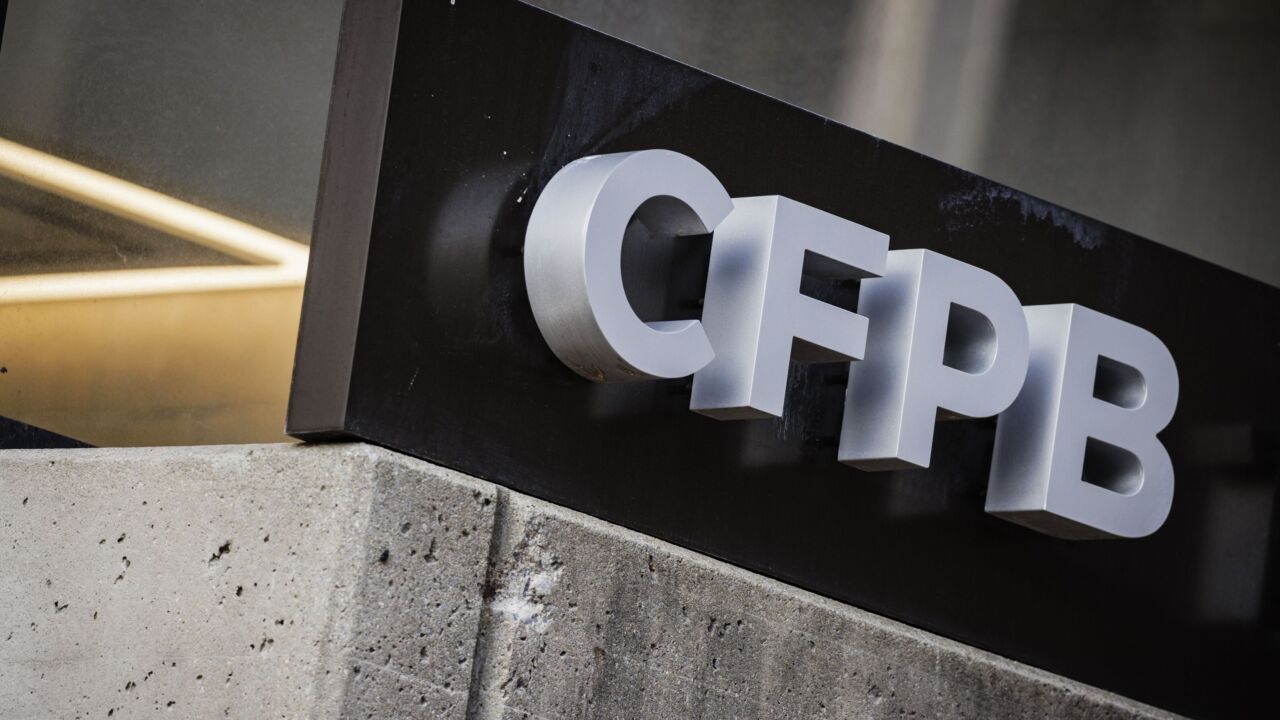-
Big banks have successfully reversed a Dodd-Frank provision that would have required them to move swaps from their FDIC-insured depository institutions into uninsured subsidiaries. But in so doing, they have inadvertently thrust the issue of implicit subsidies back into the spotlight.
December 18 -
The House narrowly passed a massive $1.1 trillion spending plan Thursday night, moving the bill to the Senate, where the fight over a Dodd-Frank Act derivatives measure is likely to continue.
December 11 -
On its face, the House vote late Thursday to approve a spending bill that included an unrelated provision written by Citigroup was a big legislative victory for the bank and its fellow Wall Street behemoths. Yet its also a victory that comes at a high price.
December 11 -
The House approved an extension of the Terrorism Risk Insurance Act on Wednesday by a wide margin, but the financial industry is also poised to win several other possible legislative battles this week.
December 10
Did the government sell out to Wall Street by repealing a provision of the Dodd-Frank Act in order to pass a spending bill? "A vote for this bill is a vote for future taxpayer bailouts of Wall Street," Sen. Elizabeth Warren
The provision requires bank holding companies to push out certain swaps trades from their insured depository bank to a non-insured subsidiary. The rule
Many other kinds of swaps were permitted to stay within the insured depository institution, including those that are hedges for the banks risk exposures; those that reference interest rates, currencies, precious metals, loans and qualified debt instruments; and credit-default swaps that are cleared using a regulated clearinghouse. If a bank failed to move the banned swaps, it lost deposit insurance and the ability to borrow from the Federal Reserve.
Banks' goal in pushing for the repeal of this provision was mostly to reduce the cost of their swaps businesses not to increase the benefits they receive from taxpayer safety nets. Derivatives trading is expensive, requiring employees with specific skills and tailored systems and risk controls. Duplicate swaps operations within the same bank holding company is money poorly spent.
Perhaps banks' biggest cost savings will come from jettisoning the requirement that banks shift dealer-to-dealer credit default swaps to a regulated clearinghouse. The forced migration of dealer-to-dealer credit swaps would have generated substantial new collateral requirements because clearinghouses require collateral for initial margin that is not needed under bilateral dealer collateral agreements. It would also have imposed large new daily liquidity needs.
When it comes to systemic risk and the potential for taxpayer bailouts, however, the repeal of the swaps push-out rule changes little. With or without the rule, the government protects the swaps contracts of the largest institutions.
Swaps contracts receive special treatment in bankruptcy. Counterparties are allowed to immediately close out their swaps positions and seize and sell the pledged collateral of the bankrupt counterparty rather than wait for a recovery through the judicial bankruptcy process.
If a large swaps dealer defaults without government intervention to prevent bankruptcy and stop contracts from terminating, a huge volume of collateral will be seized and dumped on the market. To prevent this massive asset fire sale, financial regulators grant swaps and other derivatives special treatment in their post-Dodd-Frank resolution plans.
Swaps contracts that remain in the insured bank are fully protected. If the insured bank fails, the FDIC resolution process typically guarantees a failing banks derivatives contracts, including swaps. Legally, the FDIC has 24 hours to decide whether or not it will guarantee a failing banks derivatives contracts. But in practice, the FDIC always protects derivatives usually by transferring them to a healthy acquiring institution.
Swaps booked in a holding company subsidiary outside of the insured bank are also protected as long the swaps are written by a SIFI. Under the FDICs
Some have claimed that because the repeal allows banks to write dealer-to-dealer credit-default swaps in the insured bank, rather than shifting them to clearinghouses, it extends the government safety net. But this claim ignores the fact that the government plans to insure all swaps cleared through regulated clearinghouses.
All regulated clearinghouses are now
On balance, the repeal of the swaps push-out rule is unlikely to impose more risk to the financial system or to taxpayers. It is true that the repeal may generate more swaps activity than if the provision had been allowed to stand. But the increased activity will be attributable to the operational cost savings afforded by the change, not because the repeal added to the taxpayer-backed safety net. In fact, big banks' swaps contracts are backed by the government either way.
Paul H. Kupiec is a resident scholar at the American Enterprise Institute.





